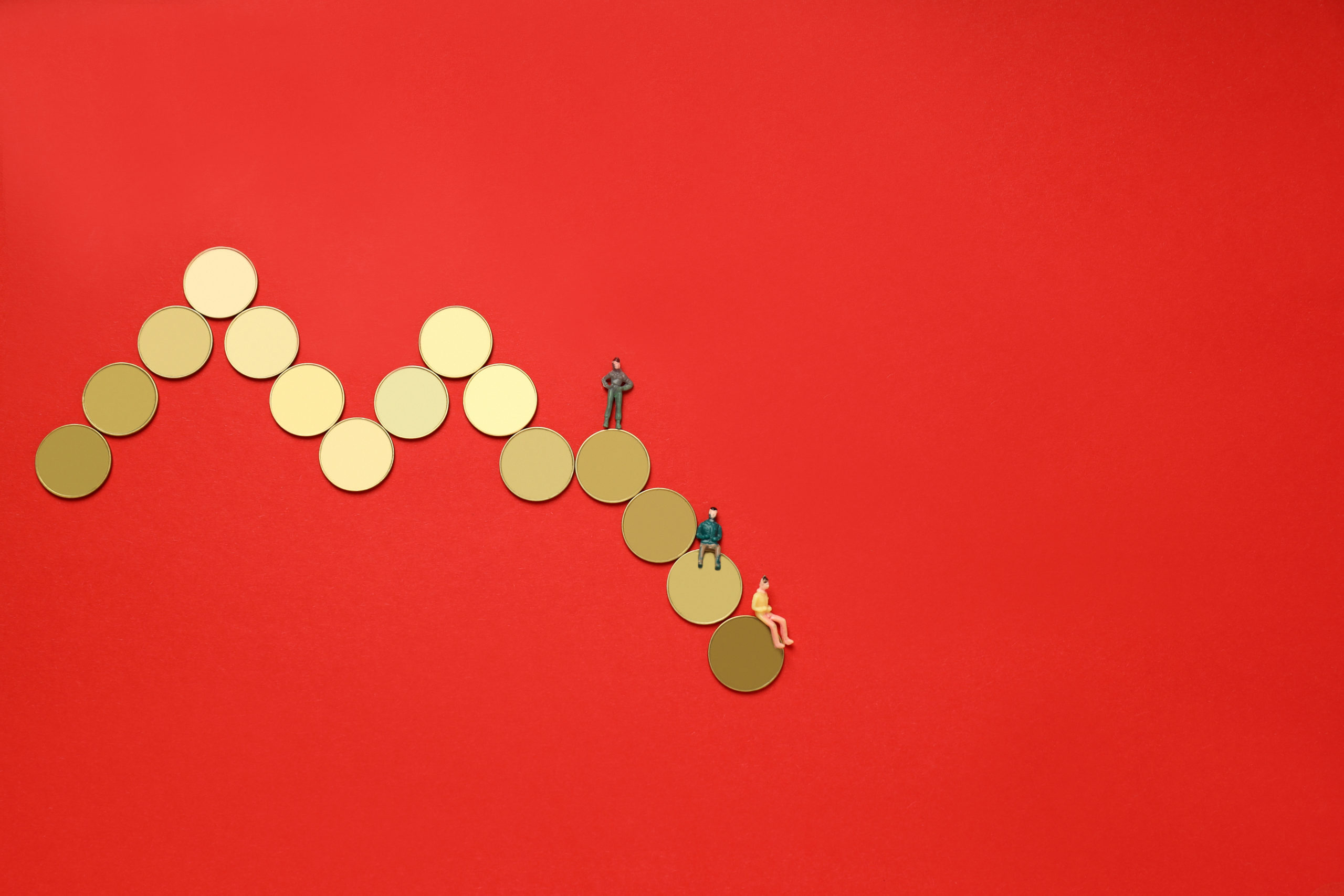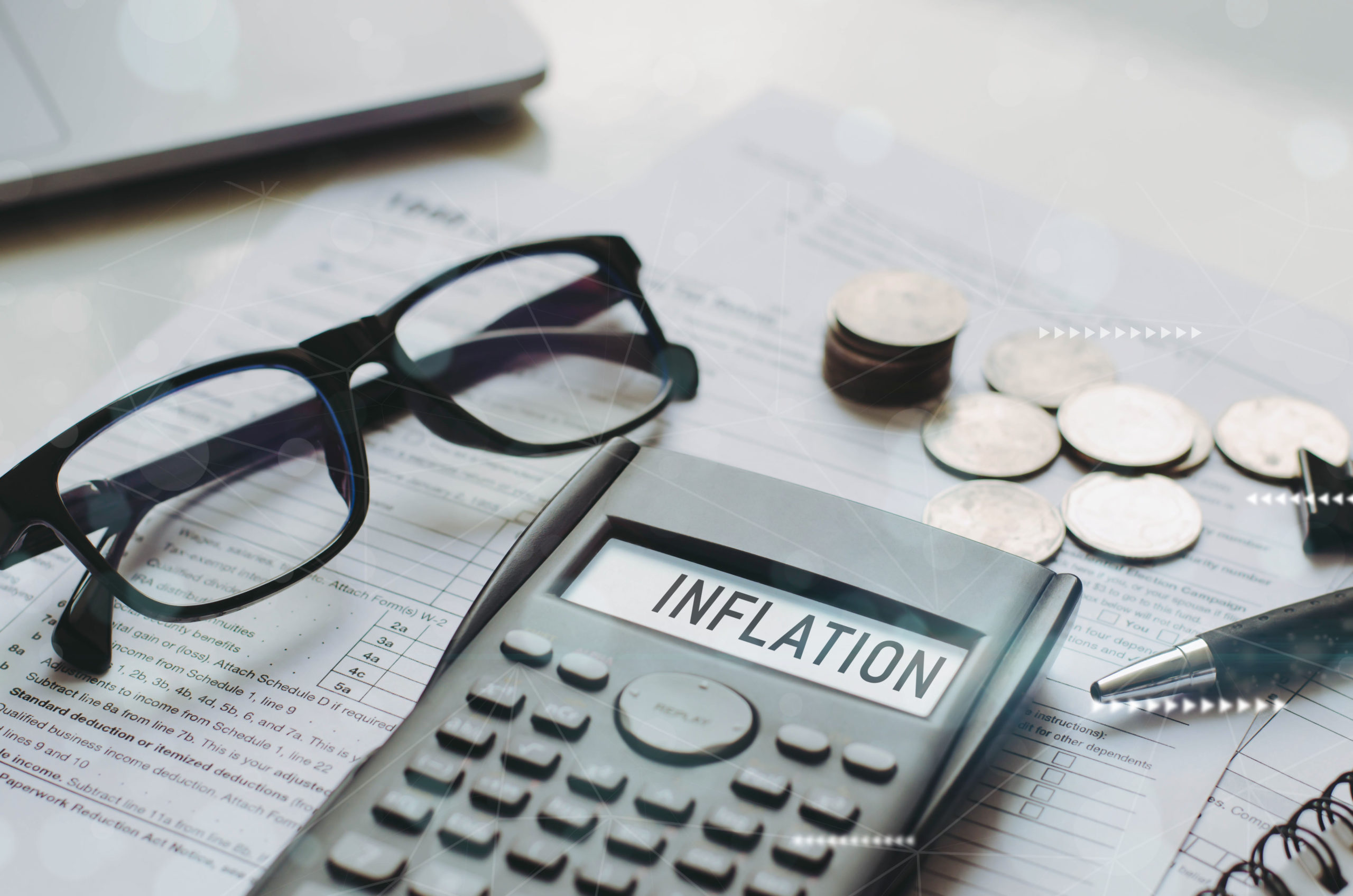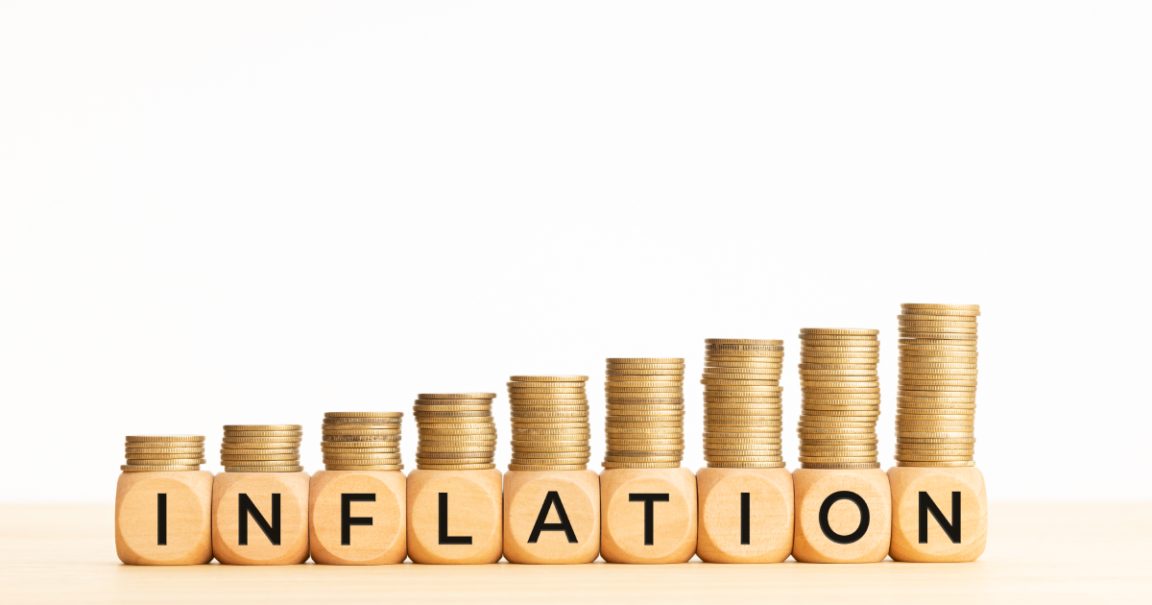If you’ve turned on the news or ventured outside your house recently, you’ve probably heard about the increasing prices of… well, everything. The phrase “cost of living crisis” has become chillingly familiar to us all. The culprit? Inflation.
For a small business owner, inflation is a word you probably hate to hear. Inflation, which disproportionately affects small businesses, reduces purchasing power, decreases the value of money and generally makes it pretty difficult for Australian small businesses to make a profit. There are ways to navigate inflation and keep yourself and your business afloat.
What is Inflation?

Remember when you were a kid and Maccas had 30-cent ice cream cones? Even those with the stingiest allowances could enjoy a treat after school. Well, those very same ice creams have tripled in price now- for the same amount and same quality of product. This is inflation.
Inflation means that prices are increasing rapidly. Everything from rent, utilities, petrol, food, healthcare and anything else you may buy has gotten more expensive. Inflation is a normal aspect of economics, but it generally happens gradually, hovering at 2% or 3%. Supply chain issues, a pandemic, international conflict, natural disasters, and other factors have contributed to the fact that it is currently at 7.8 per cent.
The pandemic bringing factories to a standstill coincided with people being stuck in their homes, shopping for entertainment and the government providing stimulus checks to a large number of people. These ingredients were the perfect recipe for a demand-pull inflation scenario, where demand was higher than supply.
How Does Inflation Affect Business Owners?

Inflation does not affect all businesses equally, but understanding inflation and how to combat it is crucial to the profitability and longevity of your business.
As the price of goods and services increases, the value of money decreases and people have less to spend. Your sales go down. Often, in an effort to make up for the lost profits, businesses are forced to put their prices up- leading, inevitably, to even less sales.
When a dollar doesn’t stretch as far as it usually does, people tend to cut out unnecessary consumerism and only purchase necessities. But this can affect even businesses that sell necessary products and services. Larger corporations have more bargaining power and a safety net to fall back on and therefore don’t have to put prices up as much, making them a fierce competitor for a small business offering the same goods or services.
Additionally, inflation will raise your overhead costs- rent, electricity, raw materials, labour, and anything else you need to keep your business going. You may need to reduce your inventory or make changes that can reduce the quality of your business. For example, a hairdressing business may have to switch to a cheaper brand of styling products. It can be difficult to plan and budget for the future when you don’t know what your operating expenses will be one month or one year from now.
How Can Business Owners Navigate Inflation?

One way to keep afloat during times of inflation is to stay competitive. This can be difficult, particularly if there are larger corporations local to you offering the same goods or services. But implementing cost-cutting measures and keeping your prices as low as they can reasonably be may make a huge difference.
You may consider automating certain aspects of your business to cut down on labour costs, battling rising utility costs by implementing sustainable and efficient methods, optimizing inventory management, cutting anything frivolous from your budget, and doing your research to see if any suppliers have better deals. Cutting in-store costs by allowing employees to work from home part-time or full-time may make your employees more productive and less burnt out.
You probably will have to raise prices to keep up with inflation, but that’s ok. Be open and honest with your customers- after all, they’re dealing with inflation too. Most importantly, be open with your employees. Hearing their concerns and suggestions and supporting each other through this tricky time will benefit you all.
The great news is that inflation won’t last forever. It has already gone down massively from June 2022 when it reached 9.1 per cent- the highest it had been since 1981. It has peaked and now it is falling. In an effort to decrease the inflation rate further, the Reserve Bank of Australia has increased interest rates, forcing Australians to slow down their spending. Wages are increasing and things will likely be back to normal by the end of 2024.





